Artificial intelligence (AI) will be used at Aberdeen Offshore Wind Farm in the next stage of a renewable energy firm’s efforts to protect seabirds from turbine collisions.
The wind farm’s operator, Swedish firm Vattenfall, says the technology will help it to gain new insights into bird flight patterns and behaviour.
Information and data acquired by the AI will allow collision rates to be calculated more accurately, which in turn will help to inform the planning of new wind farms offshore.
Vattenfall has formed a new partnership with Spoor, a Norwegian AI start-up, to bring the technology to Aberdeen Bay.
Vattenfall bioscience expert Jesper Kyed Larsen said: “This exciting, collaborative project is the first of its kind to validate camera technologies for 3D tracking of seabirds in the immediate vicinity of offshore wind turbines.
“High-quality data is key to providing the evidence base we need to protect seabirds and plan the offshore wind farms of the future.”
Andrew Watts, vice-president, partnerships and innovation, Spoor, said it was “essential” for the AI sector to work closely with renewable energy developers, scientists, government agencies and non-governmental organisations to speed up technology adoption and deployment.
This will have the biggest impact on “protecting wildlife populations and accelerating the roll-out of clean energy”, he added.
Vattenfall’s previous research in Aberdeen
This new trial follows on from Vattenfall’s previous work, using a combination of radar and camera technology, to study seabird flight behaviour around the Aberdeen Offshore Wind Farm turbines.
That £2.6 million research project found there were zero seabird collisions over a two-year monitoring period. There were not even any narrow escapes.
Vattenfall said its seabird study, one of the largest of its kind in the world, produced “remarkable” findings.
Nearly all species of tracked seabirds, including all three species of large gulls, avoided turbine blades by adjusting their flight paths. Avoidance behaviour among different seabird species varied from just 33ft to nearly 500ft from rotor blades, the study found.
It generated data about the flying patterns of kittiwakes, herring gulls, black-backed gulls and gannets around the wind farm.
RSPB provided “valuable advice” during the project. There was also input from a panel of experts representing NatureScot, the Joint Nature Conservation Committee and Marine Scotland Science.
Aberdeen Offshore Wind Farm, also known as the European Offshore Wind Deployment Centre, comprises 11 turbines off the north-east coast.
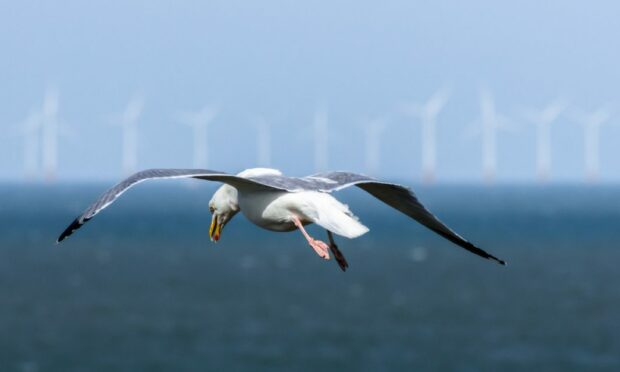
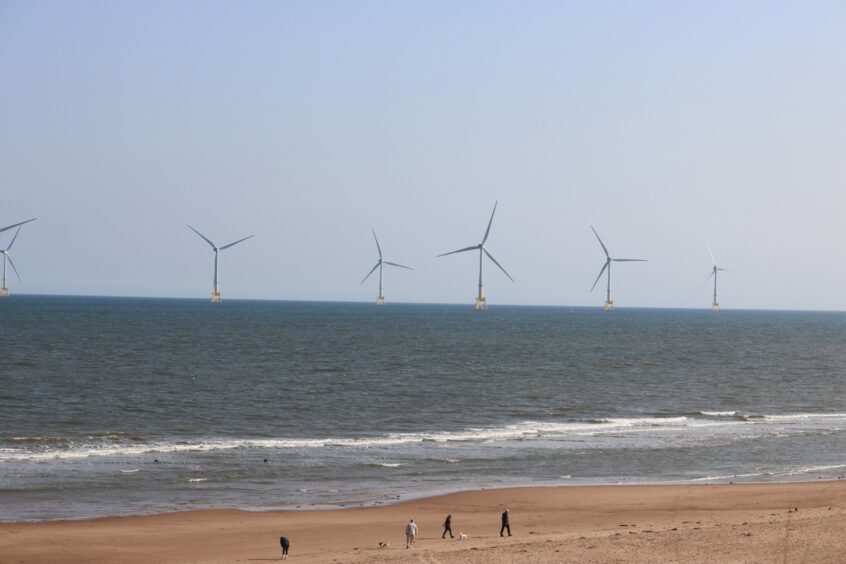
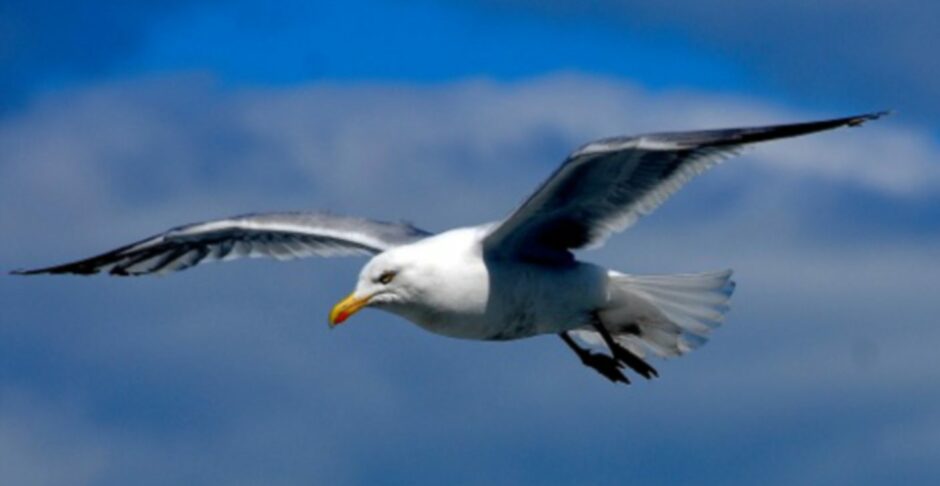
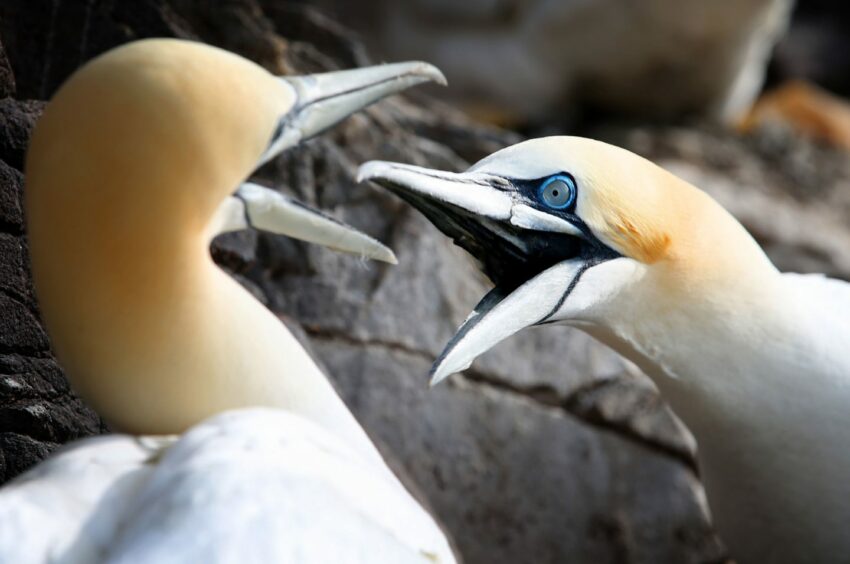
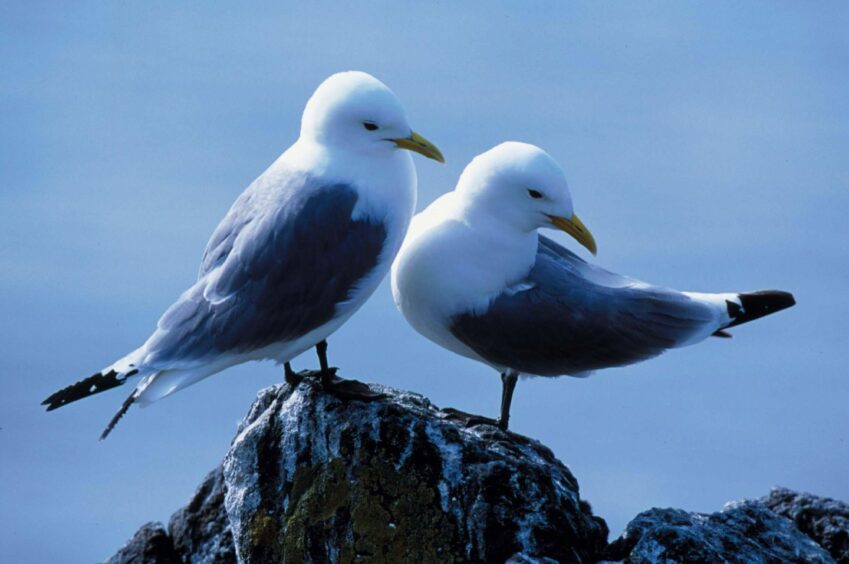
Conversation